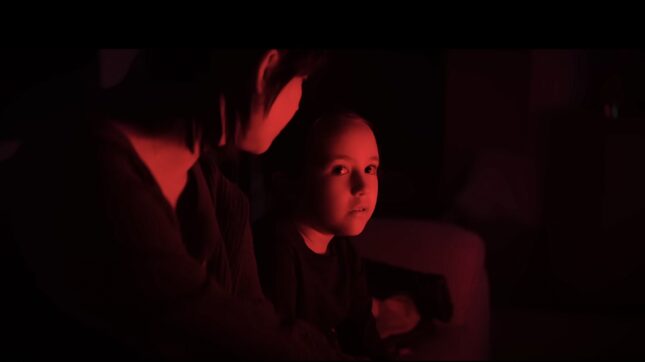Stephen King Adaptation ‘The Boogeyman’ Is a Real ‘Baba’-Dupe
This horror movie about the monster in the closet shoots for iconic but lands in generic.
EntertainmentMovies

Spoilers below.
Yet another incrementally menacing monster haunts yet another grieving family in yet another horror movie that, despite having nothing new to say and not being particularly scary or stylish, has received surprisingly solid reviews. Rob Savage’s The Boogeyman was set for release on Hulu, but got bumped up to a theatrical release this weekend as the result of good test screenings. If this movie is remembered at all in the future, it will be as evidence of a kind of prestige-blindness that has settled on the current horror audience and especially critics via somber tones and adult themes. Yep, you guessed it: This one’s about trauma, too.
-

-

-

-

-

-

-

-

-

-

-

-

-

-

-

-

-

-

-

-

-

-

-

-

-

-

-

-

-

-

-

-

-

-

-

-

-

-

-

-








































